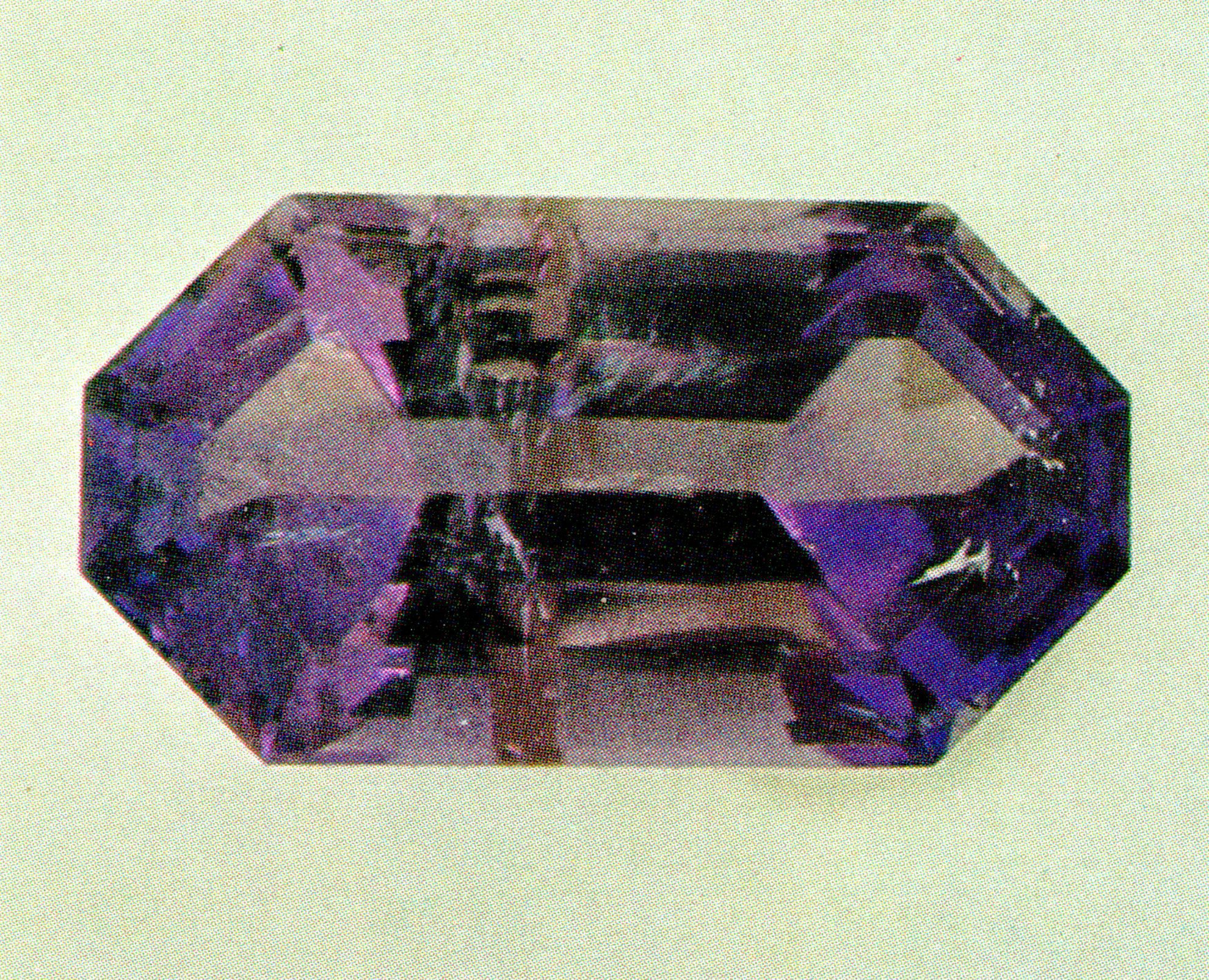Creedite Value, Price, and Jewelry Information
Probably fewer than a dozen creedite gems have ever been faceted. This rare mineral is rarer still as a cuttable crystal.
1 Minute Read
Probably fewer than a dozen creedite gems have ever been faceted. This rare mineral is rarer still as a cuttable crystal.
Start an IGS Membership today
for full access to our price guide (updated monthly).Creedite Value
What Colors are Creedite Gemstones?
Transparent colorless, white, rose, and purple material from Chihuahua, Mexico has yielded rare facetable creedites. In recent decades, new sources have produced more material in more colors, such as orange.
Do Creedites Make Good Jewelry Stones?
You're more likely to find creedite gems in a mineral collection, if at all, than a jewelry collection. With perfect cleavage and a low hardness of 4, creedites wouldn't make durable jewelry stones. A sensitivity to acid makes it inadvisable to wear or handle these gems for long periods. Creedites are strictly collector's gemstones for display only.
Are There Synthetic Creedites?
There are no known synthetic creedites or enhancements for these gems.
Where is Creedite Found?
The classic source for gemmy material, Santa Eulalia, Chihuahua, Mexico produces crystals up to 1 inch long.
Durango, Mexico has produced stunning, bright orange crystals.
Other notable sources include:
- United States: Darwin, California; Creede, Colorado (in cavities in rock with fluorite and barite); Wagon Wheel Gap, Colorado (in a fluorite-barite mine); Granite, Nevada.
- Colquiri, Bolivia; China (colorless); Kazakhstan (purple).
Stone Sizes
Any faceted gems are very small, usually less than 1-2 carats.
- Private Collection: 0.96 (purple, Chihuahua).
Caring for Your Creedites
Clean these gemstones only with a soft brush, mild detergent, and warm water. See our gemstone jewelry care guide for cleaning recommendations.
Joel E. Arem, Ph.D., FGA
Dr. Joel E. Arem has more than 60 years of experience in the world of gems and minerals. After obtaining his Ph.D. in Mineralogy from Harvard University, he has published numerous books that are still among the most widely used references and guidebooks on crystals, gems and minerals in the world.
Co-founder and President of numerous organizations, Dr. Arem has enjoyed a lifelong career in mineralogy and gemology. He has been a Smithsonian scientist and Curator, a consultant to many well-known companies and institutions, and a prolific author and speaker. Although his main activities have been as a gem cutter and dealer, his focus has always been education. joelarem.com
International Gem Society
Related Articles
Black Diamond Value, Price, and Jewelry Information
Chameleon Diamond Value, Price, and Jewelry Information
Gray Diamond Value, Price, and Jewelry Information
Green Diamond Value, Price, and Jewelry Information
Latest Articles
Quartz Toxicity: Understanding the Risks for Jewelers and Wearers
Synthetic Amethyst: What is it and How is it Made?
Hambergite Value, Price, and Jewelry Information
Pearl Simulants: How to Spot Faux Pearls
Never Stop Learning
When you join the IGS community, you get trusted diamond & gemstone information when you need it.
Get Gemology Insights
Get started with the International Gem Society’s free guide to gemstone identification. Join our weekly newsletter & get a free copy of the Gem ID Checklist!
